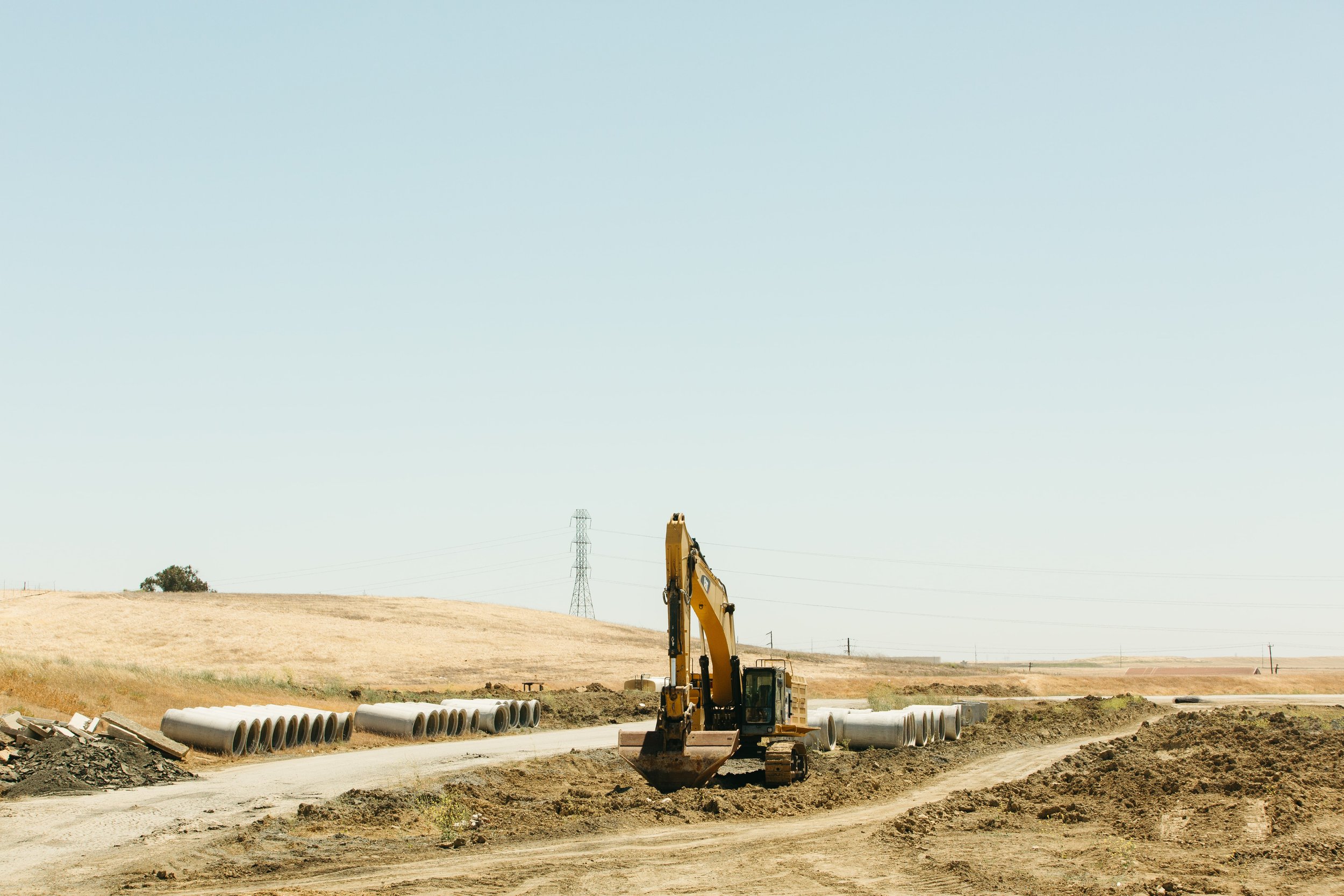Stormwater Pollution Prevention Plan Services
With over three decades of expertise spanning construction, engineering, and stormwater industries, we provide holistic solutions tailored to your site requirements. Our specialization lies in water quality management, encompassing various facets such as Stormwater Pollution Prevention Plans (SWPPPs), Water Pollution Control Plans (WPCPs), training initiatives, permit adherence, site evaluations, Erosion Control, and stormwater sampling services. We offer both oversight and full service QSD/P site inspections, in addition to annual reports.
SWPPP
Storm Water Pollution Prevention Plans
NOI & NOT Filing
Cost-Effective BMPs Recommendations
Guaranteed Approval
QSP/D INSPECTIONS
Fixed Fee Per Inspection
Field Training
SWPPP Map Updates
Onsite Water Sampling & Testing
Full Reporting & Annual Reports
WPCP
Water Pollution Control Plans
Caltrans and Local Agencies
Cost-Effective BMP recommendation
Guaranteed Approval
Post Construction C.3 BMP Field Inspections
Site specific post construction BMP inspection
Reporting to City or County
Annual Reporting
Annual / Biannual Inspections
Recommended maintenance or corrective actions
O&M Review (operations and maintenance agreements)
Air Quality
Construction Related Dust Control Plans Training
Based on project requirements and activities
Dust Control Monitoring and Reporting
Field Assessments
San Joaquin Valley Air Board
Certified Dust Control Inspectors
Dust Control Plans
Dust Control Monitoring and Reporting
Field Assessments
FAQs
-
Only State certified individuals are permitted to conduct stormwater management services and write SWPPP plans. A Qualified SWPPP Developer (QSD) is a certified individual who is authorized to develop and revise SWPPPs. A QSD is required to have an underlying certification (CPESC, engineering degree or equivalent), and must attend a state sponsored training course, and pass a state exam.
A Qualified SWPPP Practitioner (QSP) is a certified professional who is responsible for monitoring your project site. A QSP is the “boots on the ground” individual who will provide guidance and recommendations to ensure your project is compliant throughout all phases of construction, while also handling all reporting requirements (stormwater sampling, filing of Annual Report, conduct close out services, etc.).
-
Any project disturbing more than 1 acre of soil, must file a SWPPP with the State Water Resources Control Board (SWRCB) and apply for coverage under the State Construction General Permit (CGP). A stormwater pollution prevention plan (SWPPP) is a site-specific document that supports the identification and control of pollutants from stormwater runoff. Developing and maintaining a SWPPP is a critical requirement for NPDES permits.
A stormwater pollution prevention plan (SWPPP) is a site-specific document that supports the identification and control of pollutants from stormwater runoff. Developing and maintaining a SWPPP is a critical requirement for NPDES permits.
-
NPDES stands for National Pollutant Discharge Elimination System (NPDES). Stormwater that discharges from construction activities (such as clearing, grading, excavating, and stockpiling) that disturb one or more acres, or smaller sites that are part of a larger common plan of development or sale, are regulated under NPDES.
Prior to discharging stormwater, construction operators must obtain coverage under an NPDES permit, which is administered by either the state (if it has been authorized to operate the NPDES stormwater program) or EPA, depending on where the construction site is located.
-
Stormwater Best Management Practices (BMPs) are one of the most effective ways to avoid the consequences of excessive erosion or sediment laden runoff.
BMPs can help you:
Reduce stormwater runoff — and associated ramifications including erosion, sediment discharge, discharge of pollutants, and ensure compliance with local or state requirements.
Meet Construction General Permit or National Pollutant Discharge Elimination System (NPDES) permit requirements.
Supplement your stormwater pollution prevention plan (SWPPP).
-
A SWPPP includes key elements such as:
A “tool box” of BMPs or recommendations designed to abate erosion and ensure compliance
A detailed site map and description of planned activities.
A list of site operators, contractors, and subcontractors and their responsibilities.
Maintenance and inspection procedures, schedules, and records.
Updates in the plan due to changes in site conditions and activities.
Properly documenting and implementing the SWPPP not only protects the environment, it helps developers or contractors avoid costly pollution cleanup and fines from the EPA or state and local environmental protection agencies.








